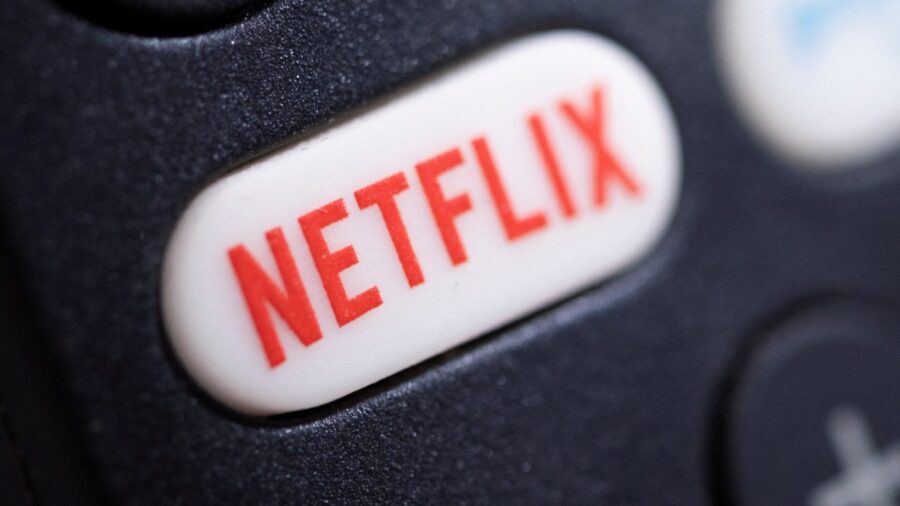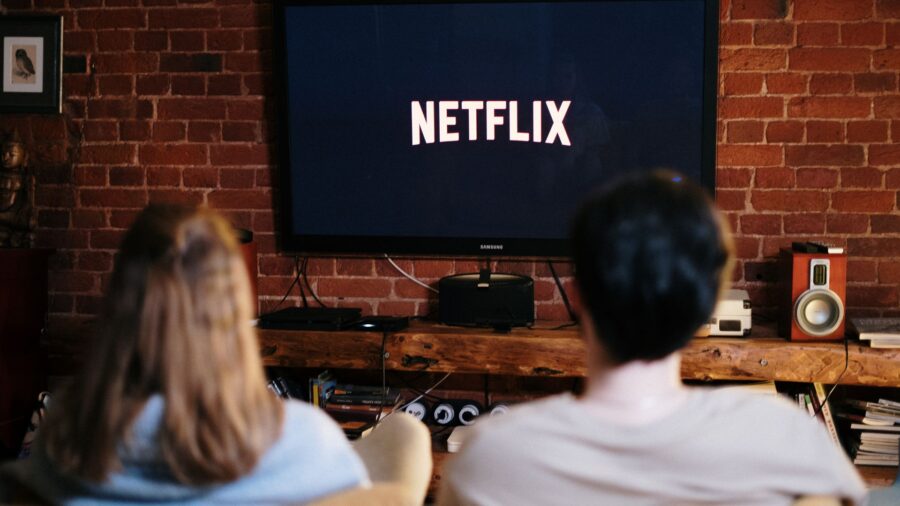Netflix Defends Not Releasing The One Thing Everyone Wants From Them

It’s no secret that Netflix and most other major streaming services are reluctant to disclose viewership numbers. The only time Netflix ever lets the public—or the talent, for that matter—know anything about its numbers is when it’s celebrating a particularly big hit show or movie. Now, Netflix co-CEO Ted Sarandos is defending the streamer’s practice of keeping its numbers a secret, claiming that it’s a decision made to protect creators.
Netflix CEO Ted Sarandos claims that the streamer doesn’t disclose certain viewership data in order to protect creators.
As Variety reports, Sarandos says Netflix keeps its viewership data hidden from the creators of its most popular shows and movies is a move intended to protect creators from feeling “trapped by ratings and box office performance.” The CEO revealed that not disclosing their numbers was part of a “promise” the company made to creators when it first started producing original content.
Sarandos went on to admit that over time, viewers have grown increasingly more interested in knowing how movies and shows perform on Netflix, much like traditional TV ratings or theatrical box office numbers that are made public. The CEO thinks that Netflix is “starting everyone down the path,” by revealing their current Top 10 most streamed properties to subscribers when they scroll through their Netflix app. The Top 10 list, along with Netflix’s annual wrap-up list, are, in Sarandos’s words, giving “a lot of transparency to the viewing.”
“…our creators felt like they were pretty trapped in this kind of overnight ratings world and weekend box office world defining their success and failures.”
Ted Sarandos
The Netflix CEO claims that when the streaming service first started producing original content 15 years ago, the execs assumed that traditional ratings and streaming numbers were “apples and oranges.” Now, Sarandos says, “things will become much more transparent,” and cites television ratings and the Billboard music charts as examples that Netflix will soon be following.

Interestingly enough, Sarandos’s comments come amidst the ongoing SAG-AFTRA strike in which the union lists increased streaming viewership transparency as one of its demands for coming back to work. Similarly, the recent WGA strike, which ended September 24, also partially revolved around gaining access to streaming data for creators. In both cases, the creatives argue that it’s hard to determine just what you are worth to a company like Netflix if you have no idea how much money your series or film is making the shareholders.
“…we thought there was a hard kind of apples and oranges comparison to ratings in streaming…we’ve gotten to a place where it’s mostly about engagement and it does capture the value of watching and that things will become much more transparent, the way TV has always had ratings and music has always had Billboard and the theatrical always at box office.”
Ted Sarandos
Sarandos reiterated recently that Netflix is committed to making a deal with SAG-AFTRA despite the fact that talks recently broke down between the actors and studios. “We want nothing more than to resolve this and get everyone back to work,” Sarandos said before adding that the above statement was true for not just Netflix but the entire AMPTP. The CEO then went on to blame the studios’ inability to reach a deal with SAG-AFTRA on SAG-AFTRA itself.
According to Sarandos, SAG-AFTRA suddenly dropped a new demand on the AMPTP at the last minute, derailing their progress. Despite his quickness to blame SAG-AFTRA for the strike continuing, the CEO also claimed that everyone in the AMPTP, but especially Netflix, was “totally committed” to putting an end to the strike via a deal that both parties find acceptable.
Sarandos finished his interview by mentioning that “The industry, our communities, the economy are all hurting.” He expressed this sentiment despite Netflix ending their second quarter of 2023 with a 7.15 percent increase in profits over last year.












